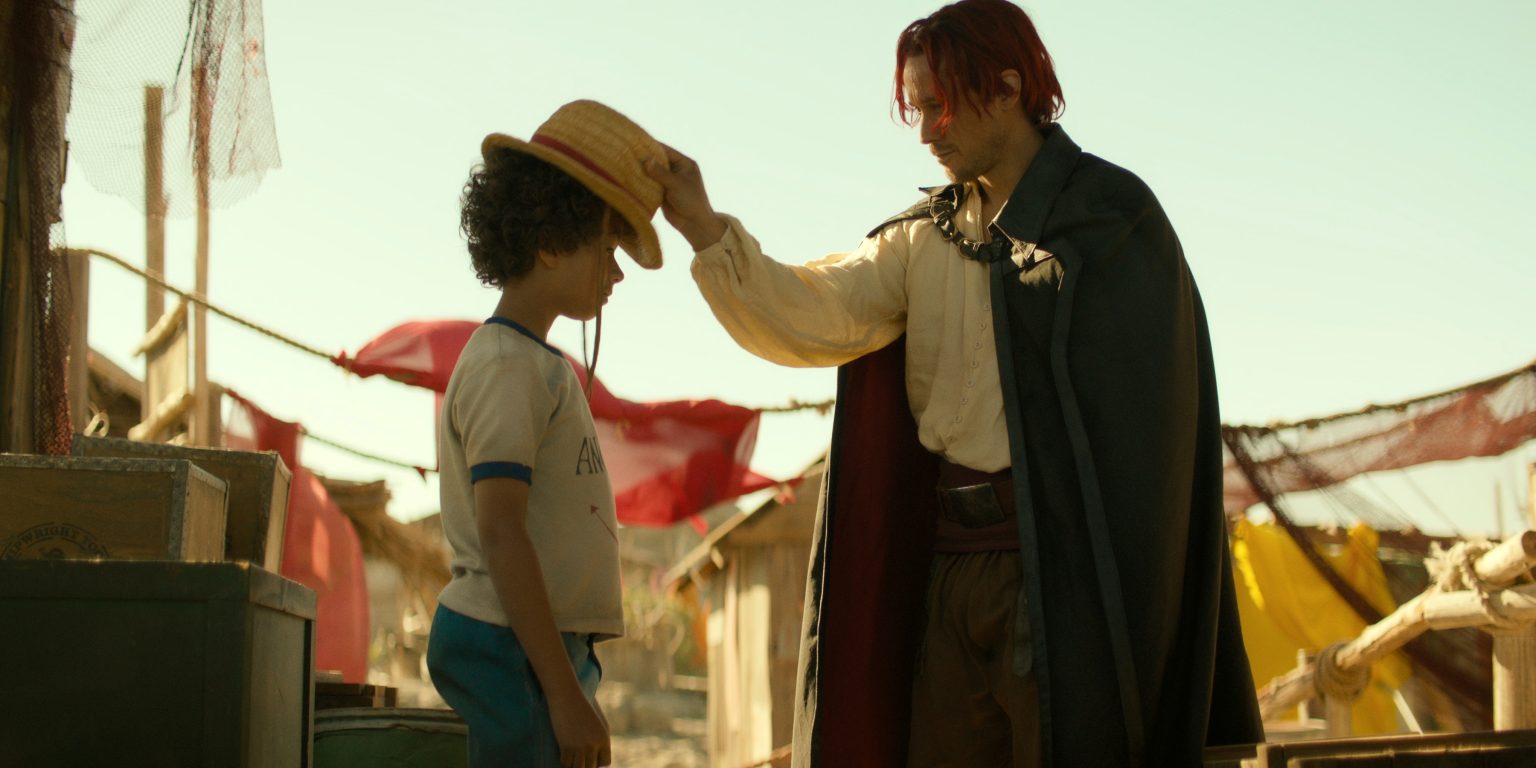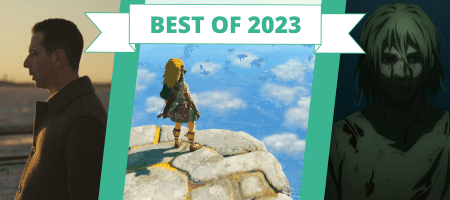The Good, the Bad, and Buggy
It’s an unspoken rule in anime: Don’t get your hopes up when Hollywood comes knocking.
For years, even the greatest anime shows have been desecrated by middling TV adaptations. Full Metal Alchemist. Cowboy Bebop. Death Note. If you like the source material, well good; stick to that over some abysmal show with poor production and even poorer acting.
That is, until now. After years of bad adaptations, it seems the curse has been broken (at least for a spell). The One Piece Netflix live action arrived in late August, and if you haven’t seen it yet, rejoice—it’s good, y’all.
Here with me to discuss this surprisingly enjoyable adaptation are fellow Punished Backlog writers Kei Isobe and Eric Tate. In this Q&A, we’ll share our review of One Piece season one along with our hopes for season two.
Let’s dive into those briney waters, shall we?
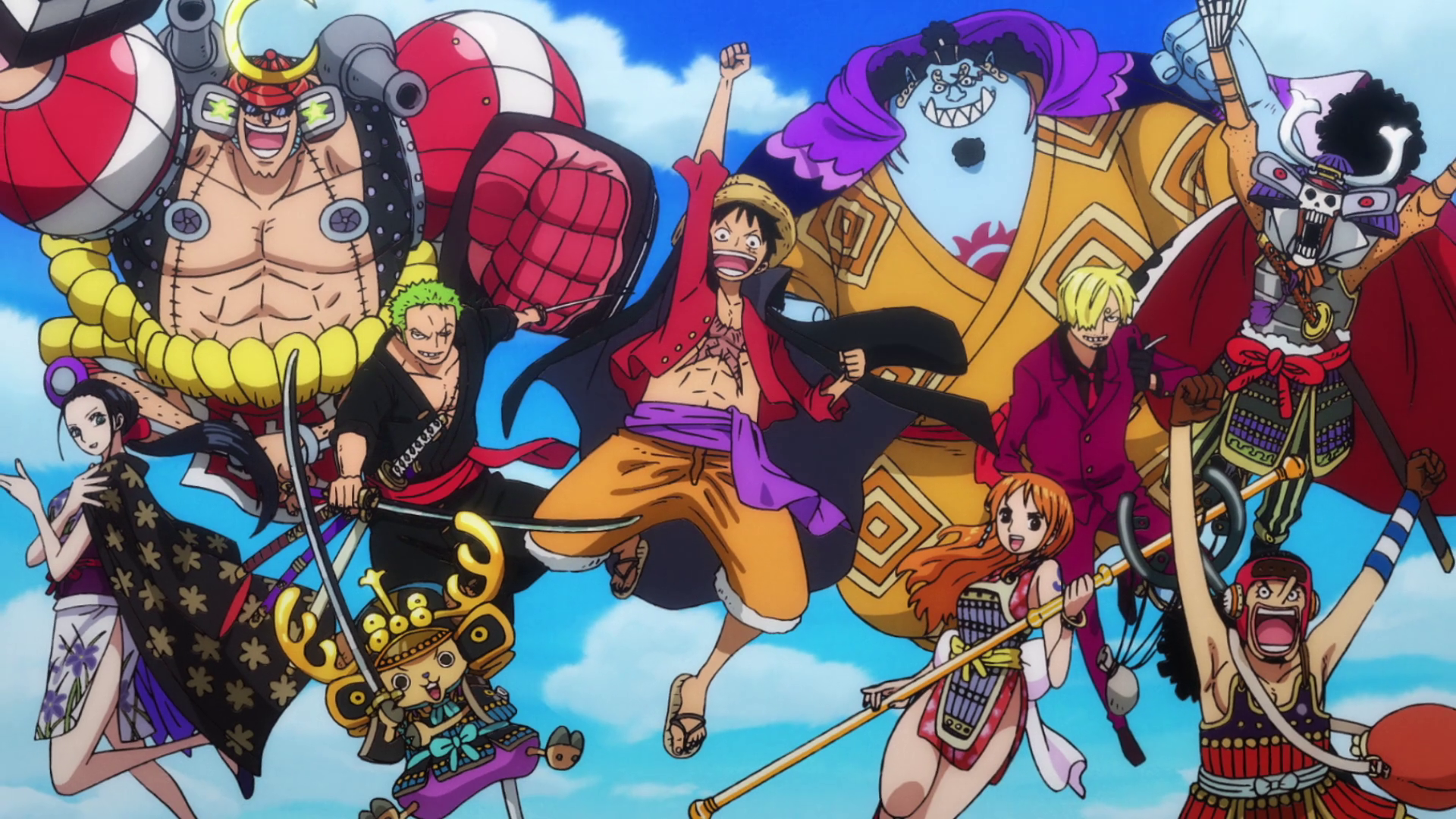
Q: Tell our readers a bit about your own One Piece experience.
Eric: I’m an avid One Piece fan. I’d watched the anime here or there growing up, but didn’t really get into it until 2013 when I binged the anime and caught up during the Punk Hazard arc. I quickly caught up in the manga, and the rest is history. I’ve been reading One Piece week by week ever since and still can’t get enough.
Kei: I read 27 volumes of the manga (in Japanese) at a family friend’s house when I was 15 or something, and never got back into it.
David: I got into One Piece back in 2014. Back then, I was a rising college sophomore who’d spent plenty of days watching shouty, pouty shounen shows. Naruto, Bleach, Attack on Titan… the list went on. But One Piece eluded me, largely due to its daunting length.
On a whim, I spent the summer watching Romance Dawn and Alabasta. By the time I was back on campus, I was hooked. Fast forward to 2023, and I’m caught up to Wano in the anime and Egghead in the manga. Eric’s probably the biggest fan here, but I’m a close second.
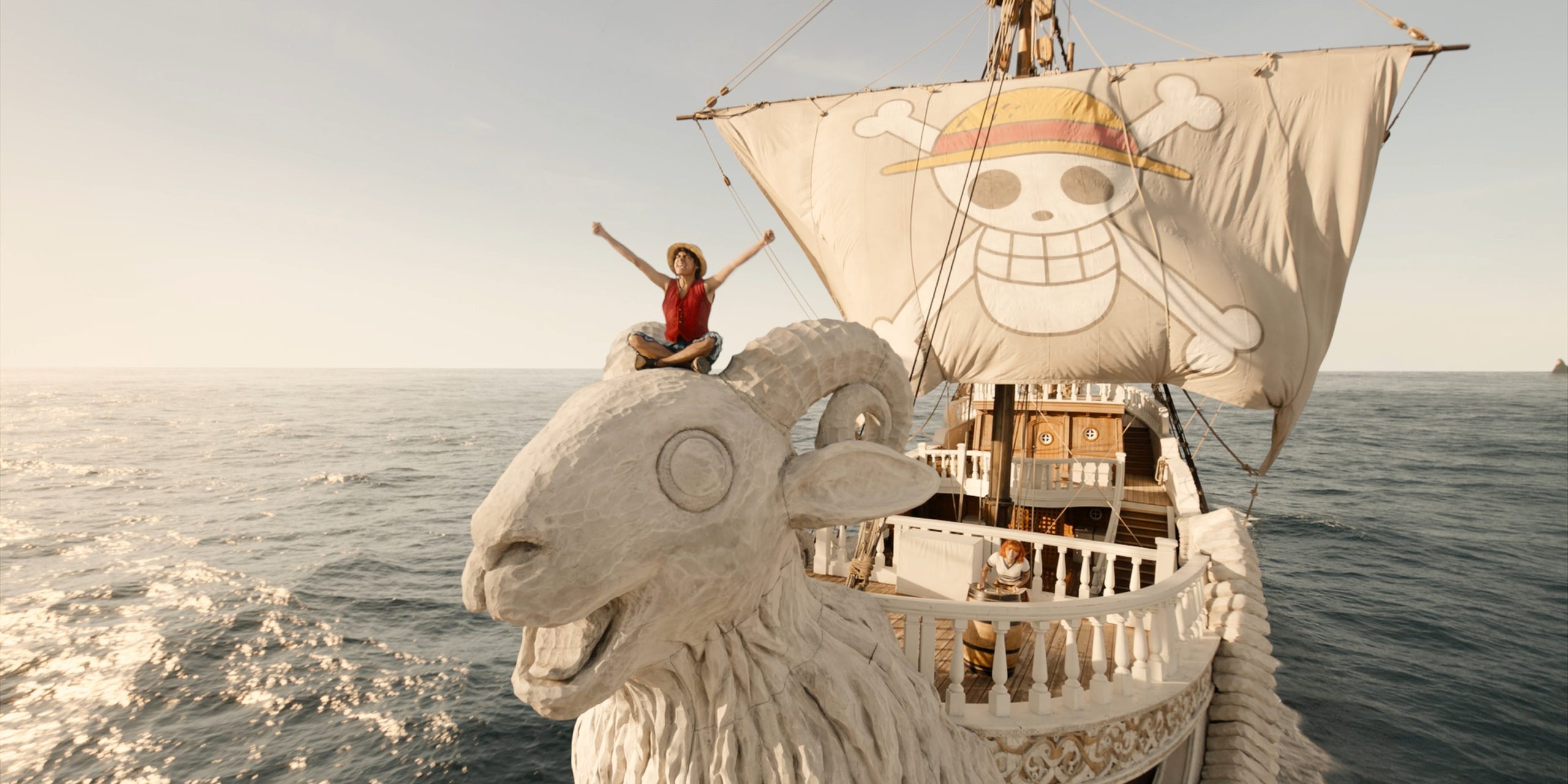
Q: What were your expectations heading into the Netflix adaptation?
Eric: One Piece is my favorite series, so I wanted the adaptation to be good. However, my expectations were low seeing as how no other live-action anime adaptation has been successful.
But, when the trailers started coming out and looked GOOD, my expectations soared. The only things that didn’t land with me from the promos were the costume designs and Gum-Gum Fruit effects, but everything else looked great.
Kei: I’ll quibble about your intro, David, and say that there have been some pretty good Japanese live-action film and television adaptations over the years. But yes, Hollywood’s track record has certainly not been stellar.
I’m not a trailer-watcher these days, so I didn’t have any concrete footage to base my expectations on, but based on how the Cowboy Bebop Netflix adaptation went, along with the general track record of anime to live-action adaptations, I was not expecting anything… good.
David: Ditto to what you both already said. The trail of bad anime adaptations stretches as long as Luffy’s rubber arms, so it was hard for me to get particularly excited—at least initially.
What ultimately sold me on the vision was the casting. From Iñaki’s childlike demeanor to the hilarious group promos, that creative spark was there. It truly felt like I was watching the One Piece crew come to life.
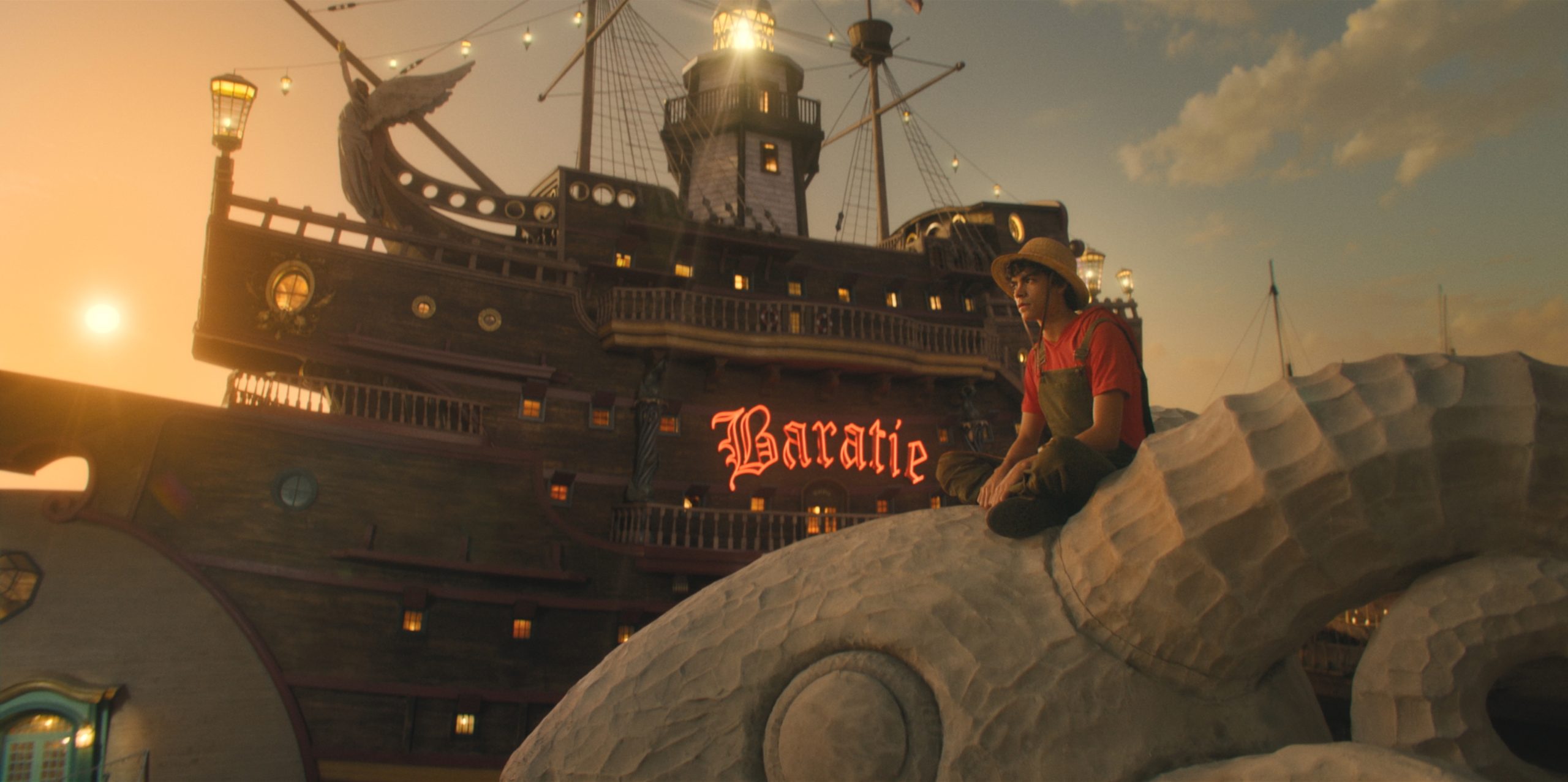
Q: Did the show meet, exceed, or fall short of those expectations? Why?
Eric: It met my expectations. As I mentioned, I took issue with some of the costume designs and found those rubber CGI moments rather underwhelming. But everything else was well done.
I especially loved the set design. Every island is detailed, and the set even foreshadows characters and factions that are introduced later on in the series. In Shells Town, for instance, when Luffy and Coby are looking at wanted posters, you can see bounties for Cavendish, Bellamy, and Foxy, which I found a nice touch.
Kei: It definitely exceeded my expectations!
I expected bad CGI and actors not understanding the assignment as to what the manga is about. Instead, the show really captured what I felt was important about the manga (at least in the arcs I am familiar with), which is joyful camp, a commitment to worldbuilding that will pay off later, and intra-squad camaraderie.
Some of the CGI moments were goofy, and that might be something that continues (or grows) as a pain point later—especially as fights become more and more fantastical. But, overall, I was impressed.
David: I’m in Kei’s camp. I thought the One Piece live action punched well above its weight. Yes, the CGI needs work, and some of the actors were better than others (I’m looking at you, childhood Zoro and Kuina!), but the good far outweighed the bad for me.
I was particularly surprised at how attached I got to the crew in just eight episodes. Certain beats, like Zoro, Usopp, and Nami sharing a toast together at Baratie, gave depth to characters that often border on caricatures in the actual manga. I found myself smiling and even chuckling alongside their banter, and the cast did a commendable job bringing these moments to life.
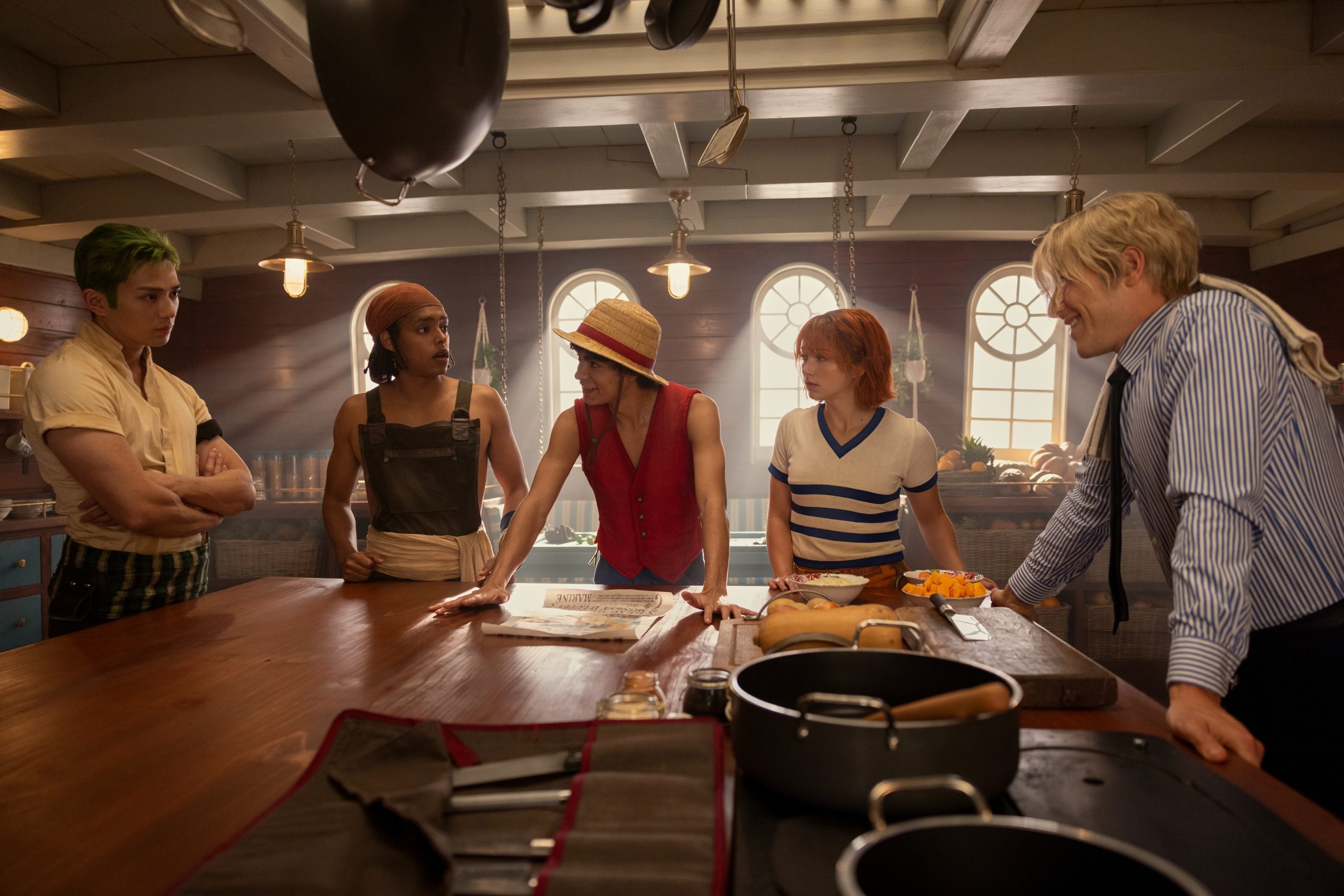
Q: Speaking of, what were your thoughts on the casting?
Eric: I thought the casting was phenomenal, particularly for the Straw Hats. It feels like these actors were born to play those characters.
The biggest misses were the child actors, especially Luffy’s. He just felt too serious the whole time, when Luffy is really supposed to be a goofball—even more so as a child.
Kei: Agreed, Eric—I think the Straw Hats in particular were a huge hit. Luffy, Nami, Zoro, Usopp, and Sanji were all fantastic, and it really felt like they all bought in. The cast of villains was also really great—the perfect balance of ridiculous scene-chewing and menace. It was some of the more restrained performances that I think felt a little off, but overall I think the level of buy-in from the cast was great. I actually liked Usopp significantly more in the live-action than the manga—I felt pretty much nothing but disdain towards the character on paper, but Jacob Gibson’s performance and the slightly more grounded writing of the live-action helped significantly in that regard.
I also agree, Eric, that young Luffy was played a bit strangely. I’m always reluctant to criticize child actors, but the nuance of the intensity of child Luffy transitioning into his goofy adult self didn’t feel like it was explained well. Luffy also gains a bit of an accent as an adult, which was strange. I feel like speculative fiction tends to rely on flashbacks quite a bit as a storytelling device, and that’s always going to be harder in live-action with the mercurial nature of child actors compared to animation and voice acting.
David: Yep, the Straw Hats knocked it out of the park. I didn’t mind child Luffy per se—let’s be honest; he does whine a ton in the anime, especially around Shanks—but as I mentioned before, the child actors as a whole could’ve been stronger.
One actor who really deserves his flowers, however, is Jeff Ward, who plays Buggy the Clown.
As I’m sure most fans of the anime and manga will attest to, Buggy’s a bit of an underserved character. He’s meant as comic relief but never really manages to serve that role. The overall trajectory of his character (namely, how he “falls upward” from no-good pirate to Yonko) is amusing, but the minute-to-minute character himself is rather grating.
That changes in the One Piece live action. Now, Buggy’s a truly menacing villain—one whose dark humor and persistent sarcasm elevate him from mere distraction to scene-stealer. It helps that his CGI effects look a tad better than the rest, only adding to the charm.
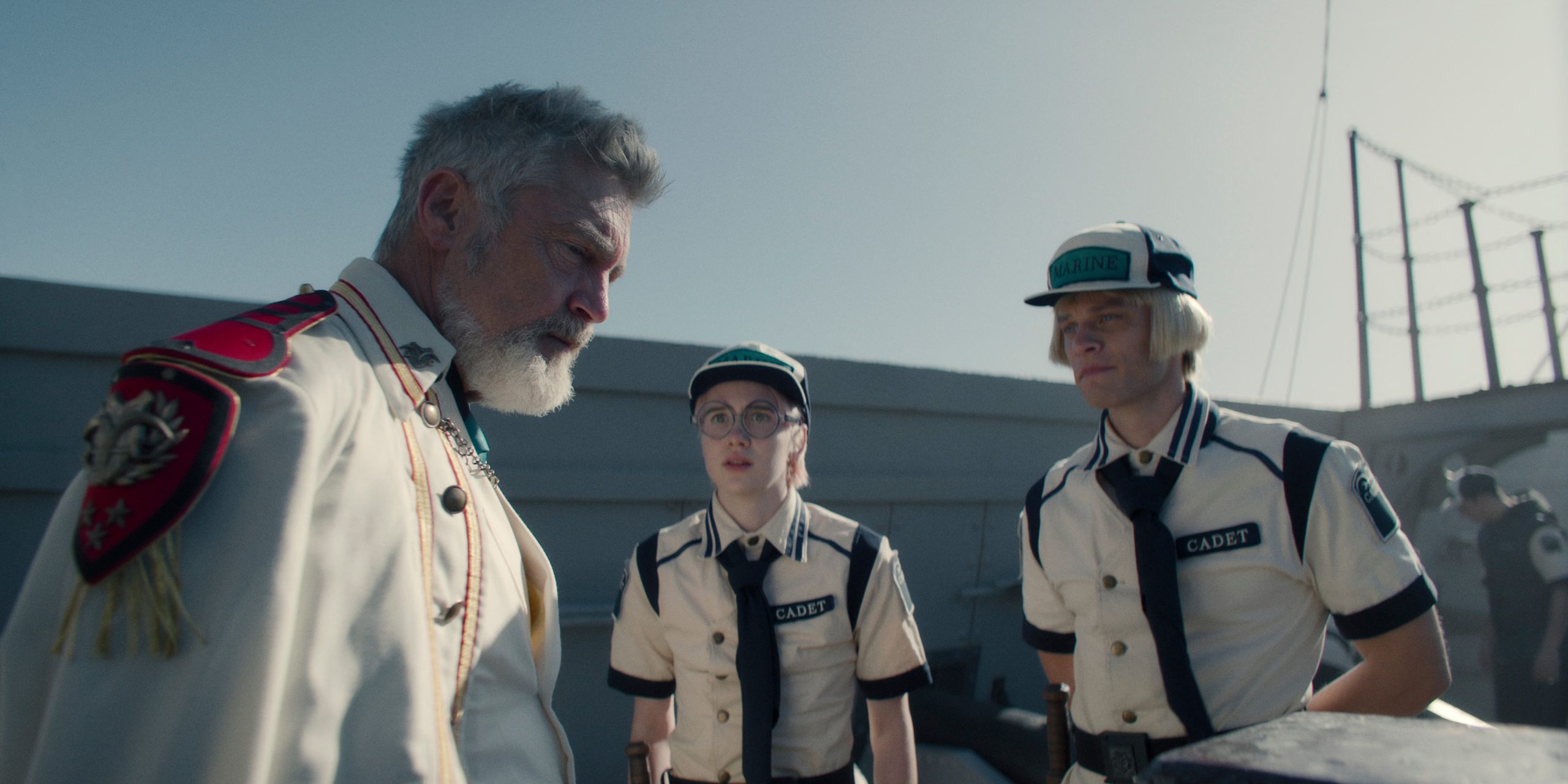
Q: Any favorite episodes or moments?
Eric: I really enjoyed the Orange Town episode. Buggy is an amazing character, and every on-screen moment with him was a joy. You also can’t beat the moment when Luffy and the gang put their Jolly Roger on the Going Merry in the last episode. I got chills seeing that the Straw Hat Pirates were officially starting their journey as an infamous pirate crew. There were tons of other great moments, like obtaining the Going Merry and storming Arlong Park.
Kei: I really loved the Zeff and Sanji vignette; it’s a classic One Piece story with a sobering, hard-hitting reveal of a pirate with a heart of gold. My partner was completely new to One Piece, and while I think Shanks’ selflessness was the first step, it was Zeff’s sacrifice that truly made her understand that the pirates (or at least a sect of them) really were not the “bad guys” that you might expect from the connotations of the word.
And I’m sure many people thought it was corny, but I thought that Nami’s “Help me, Luffy…” moment was adapted wonderfully—it is one of the few emotional moments that I really remember from my time reading the manga. It’s the moment where Luffy’s character—his dogged shonen-protagonist-determination—shines through for the first time in a meaningful way (let’s be real, he gets off a little easy with convincing Zoro and Usopp), and Emily Rudd plays the moment well without making Nami come off as excessively pathetic.
David: You both picked wonderful moments that stood out to me as well. Sanji’s flashback was the only one I actually enjoyed in the live action.
I’ll add the throughline of Coby’s tutelage under Garp. Coby’s obviously an important character in the manga (he’s well on the path to becoming a respected Navy admiral), but I’ve always felt his development played a backseat to Luffy’s. With the Netflix adaptation, we see Coby as a true foil to Luffy; he gets the screen time he deserves while adding welcome dimension to the Navy’s POV during the events of Romance Dawn.

Q: What liberties did the adaptation take that you liked?
Eric: The show made Buggy the Clown a lot more menacing, which I loved. In the anime, he’s treated as a gag character, but in the live action he genuinely feels maniacal and dangerous.
It’s been a while since I’ve watched the East Blue arc, but I feel like there were many more interactions among the straw hat crew members. It was great to see the Straw Hats getting to know each other more, as it’s a dynamic I think the manga severely lacks.
Kei: I’m not sure if I’m qualified to speak on specific differences between the show and source material, as it’s been so long since I’ve read the manga. I get the sense everyone was slightly aged up, which is probably a smart idea in general for any anime or manga adaptation.
David: I liked the decision by the showrunners (and presumably Oda) to make Mihawk’s appearance at Baratie a direct order by Garp. In the anime/manga, Mihawk is hunting Don Krieg’s band of pirates, and his encounter with the Straw Hats is mere happenstance. In the live action, however, Luffy’s essentially being hunted by the infamous swordsman, which adds to the stakes and makes Mihawk’s decision to spare Zoro all the more riveting.
The Netflix adaptation is full of these tiny little deviations, and I found myself impressed by almost all of them.

Q: Likewise, where did the adaptation not quite hit the mark?
Eric: My two biggest problems are the Marines (i.e., Garp’s subplot) and the changes to Baratie.
The Marines in the live action had a much bigger role to play than in the anime. I appreciate the idea behind this subplot, but my biggest issue is with how it breaks up the flow of the show. One moment, we’re following the Straw Hats and engaged with whatever plot they’re uncovering; the next, we cut to Garp and Coby chatting in an office.
I understand that this helps build tension, but I would’ve rather the screen time be dedicated to something else. One Piece is a series about adventure and the connections made along the way. So, show the islands and their characters; don’t just gloss over them!
Baratie was a good section, but I really would’ve liked to see Don Krieg remain the villain, not use it as an opportunity to show Arlong beating up Luffy.
Kei: There are some moments where the set design feels weird, some awkward CGI moments, some fight choreography that comes across more like playfighting than impactful blows, and things of that nature.
Of the eight episodes, Usopp’s episode (three) and Zoro’s flashback episode (four) were probably the weakest for me. These two encompass the clash against the Black Cat Pirates at Syrup Village. For Usopp, I think his introduction and overall character verge on irritating even with Jacob Gibson’s charming portrayal, and he just has the weakest entry into the Straw Hat crew. I really want to stress that Gibson is given the shortest end of the stick of any of the cast in season one as far as character writing goes, and he does his absolute damnest to salvage it.
Zoro’s flashbacks feel a little disjointed and also pretty straightforward, without being especially intriguing. The dead-girl-makes-promise setup isn’t novel, and this isn’t an especially hard-hitting execution of the trope. Alexander Maniatis’ Kuro portrayal really carried that mini-arc for me.
David: I’m with you, Kei. Syrup Village is probably my least favorite part of Romance Dawn in the anime, and the Netflix adaptation did little to challenge my opinion. Both episodes three and four draw out for far too long (these are hour-long episodes, mind you). I would have much preferred trimming this to a single episode and adding an extra hour to Arlong Park.
That said, shout out to Jacob Gibson. He does a wonderful job taking what little Oda has given to Usopp’s character and creating something admirable. He’s far less of a cartoon sketch in the live action, and much more of a relatable human being.

Q: How about Buggy the Clown, eh?
Eric: He was amazing.
Kei: I really thought all of the villains and notable pirates—Shanks, Kuro, Mihawk, Buggy, Arlong, and Garp—were phenomenal, but Buggy was definitely a step above. He managed to toe the line of menacing and not-Heath-Ledger’s-Joker perfectly, while maintaining the perfect amount of funny quips and bathos-inducing moments.
David: 100 percent. He’s got so many great one-liners here. I couldn’t care less about him in the anime, but now I’m rooting for him to give Luffy and Blackbeard a run for their money.
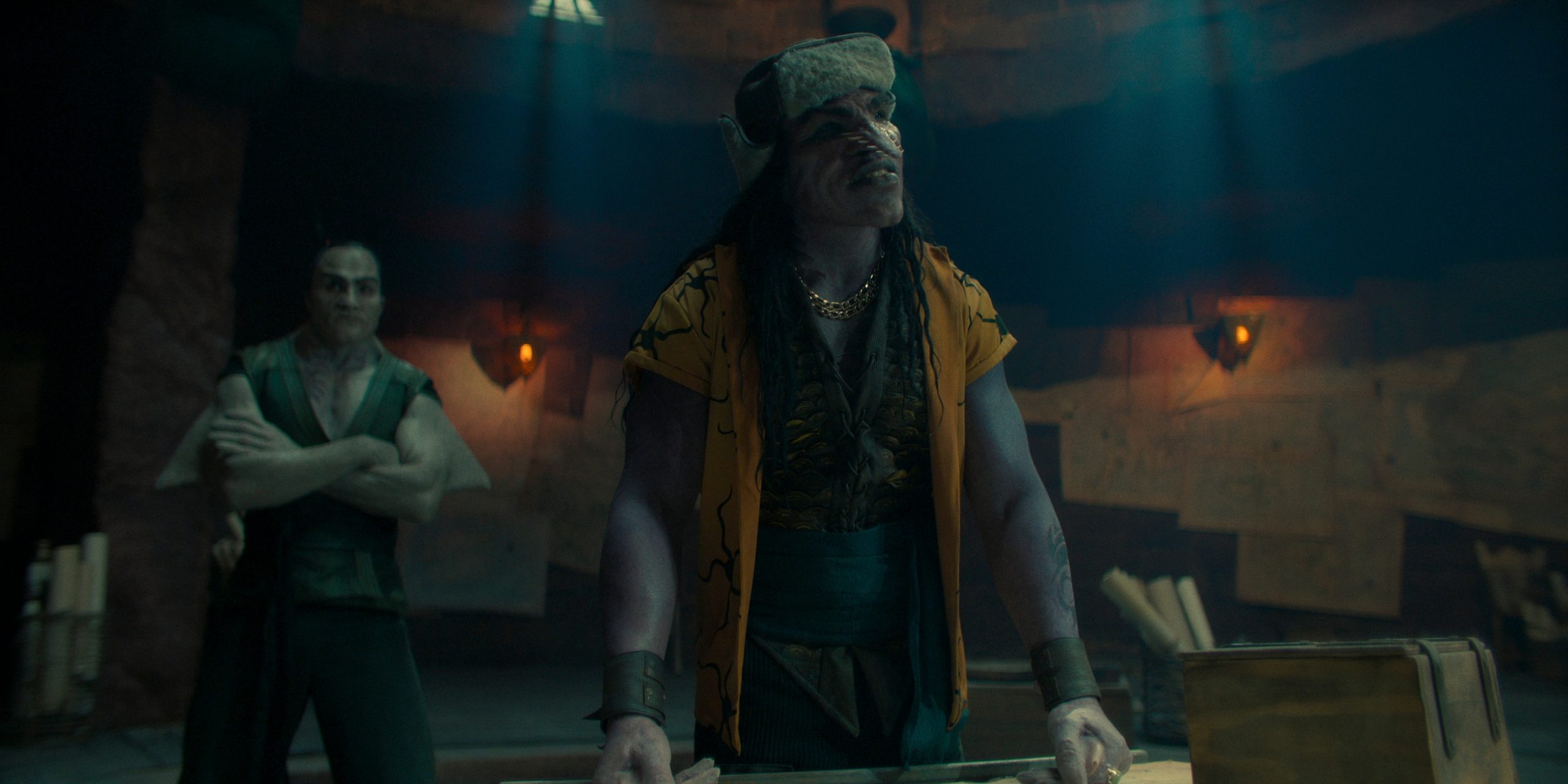
Q: If you were to review season one, how would you score it? Why?
Eric: 8 out of 10. Despite my gripes, I still think it was a great show overall. There’s definitely room for improvement, but I recognize my opinions are biased toward the original series.
I know certain changes that I didn’t agree with were well-received by the majority of viewers. I also don’t think the changes are bad by any means; if anything, they created a fresh viewing experience. I still think some of the costumes look silly when adapted to live action, but at the same time, One Piece is a pretty goofy manga filled with crazy character designs. So, seeing the creators stay true to the original designs is a good thing.
Kei: A solid 8/10. Maybe I’m overinflating the show a little based on my previously low expectations, but I thought it was really heartwarming and optimistic in a way that many media I consume these days really aren’t.
I do think there will be struggles as the source material gets crazier, but the first season has me confident that the people in charge value the right things and are more in tune with what would make a great adaptation than I had previously believed.
David: 8/10 from me as well; I think we’re pretty much in lockstep here. The cheesy CGI and campy costumes detract from the experience, but the core cast and surprisingly sharp dialogue made for an impressive first season.
I agree with Kei that future success isn’t guaranteed. The showrunners will likely have to make even bigger concessions moving forward (the Paramount War has like a hundred named characters), and Chopper’s portrayal is a major question mark. But I’m optimistic based on what I’ve seen so far.
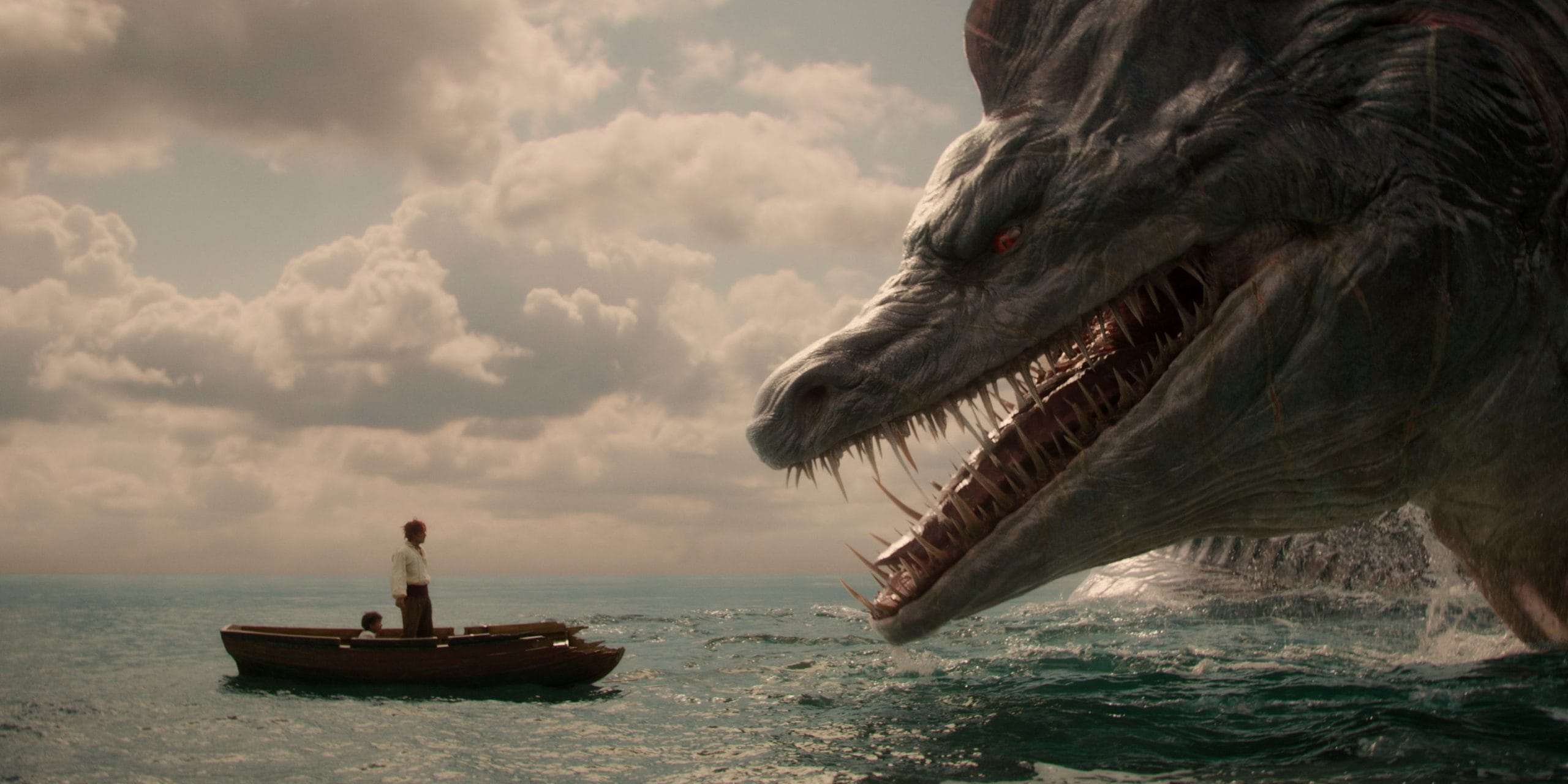
Q: With season two greenlit, what are your hopes for One Piece moving forward?
Eric: I really hope the creators take a tad more time to flesh out the different islands and their characters. Again, One Piece is a series about adventure and connections; Oda takes a lot of time to make each locale the Straw Hats visit unique, and I think that’s an aspect worth leaning into.
I understand that when seasons are only eight to 10 episodes, you have to make some cuts. But maaaaaybe don’t include so many scenes of Garp eating steak and you’ll have time.
However, considering the extra attention the creators give Garp in season one, I can only hope they do the same for Captain Smoker in season two. Seeing more of his perspective as he chases the Straw Hats through the first part of the Grand Line would be very interesting.
Kei: As someone who read the manga when much younger, one of the elements of One Piece that I didn’t really understand then but strikes me as interesting now is how political its stakes are. When I think of the Shonen Jump “Big Three,” One Piece clearly has the most well-defined world in terms of structural rigor, and that flows directly into its real-world corollaries.
Naruto fleshed out some of these details as the series progressed, of course, and Bleach always (in my opinion) expressed things in more broad strokes, with places, civilizations, and organizations being much more representative of humanist philosophies or ideals. (Consider how many of the antagonists are literal embodiments of concepts, even if it can be superficial.) By contrast, I really found myself enamored and intrigued by how openly Oda has framed the core struggle of the story as a political one.
So much of the plot, even in this early stage, revolves around money—or for the common folk, the lack of it—as well as the overarching fascist and oppressive nature of the World Government, in contrast to Luffy’s self-appointed status as a pirate freedom fighter rebelling against the Marines, who are functionally sea cops. There’s a whole subplot about enslaved peoples (the Fishmen) and how they’re mistreated by society!
If Naruto was about generational conflict, and Bleach was about… well, a smorgasbord of individual philosophies clashing against each other, then I think One Piece really is about… well, a lot of socialist ideas, and I’m excited to see how that unfolds in future seasons. (Maybe I’ll just catch up on the manga?)
Also, I am totally not alone in thinking this:

David: I’ll keep mine short and sweet. Get Jamie Lee Curtis to play Dr. Kureha, please and thank you.
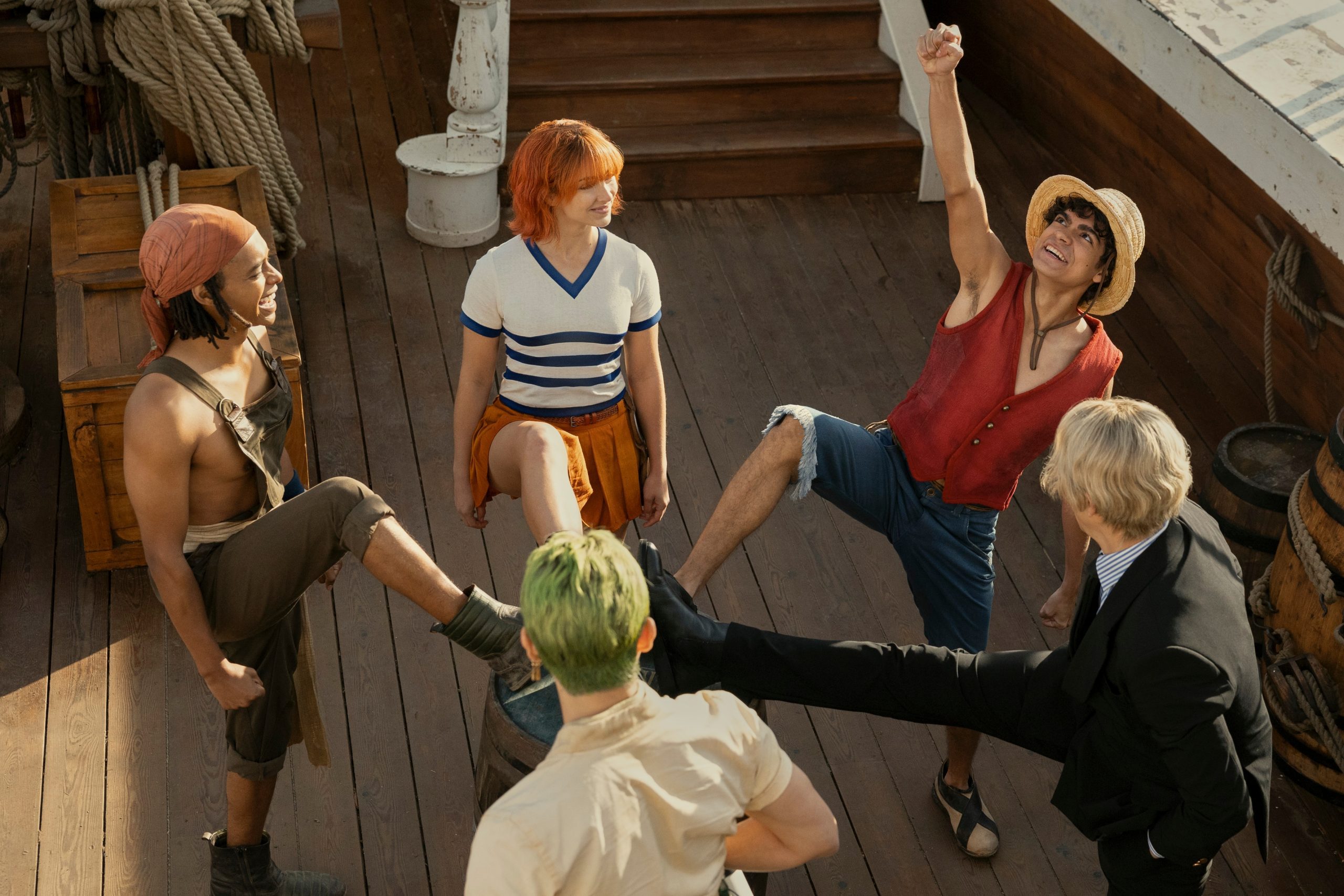
Q: Any final thoughts on the One Piece Netflix live action?
Eric: One more shout-out to the cast of the Straw Hats. They were all amazing, and I can’t wait to see how they do in the next season!
Kei: I can’t wait to see Emily Rudd play four different characters next season. (Heyo, low-hanging fruit, I know). Shoutouts to Mackenyu for being the reason my partner watched the show at all.
David: Don’t let us end without plugging the soundtrack! Sure, I would have loved a little more anime music besides “We Are!” and “Bink’s Brew,” but the original score really holds its own. “My Sails Are Set” is an especially touching tune that features Norwegian singer Aurora in a glorious send-off for our beloved Straw Hat crew.
Score: 8.0/10
One Piece season one is available now on Netflix.
David is the founder of The Punished Backlog. He has a problem finishing games he starts.
Just beat: Donkey Kong Bananza.
Working on: Hollow Knight: Silksong.
Can't wait for: Metroid Prime 4: Beyond.
Follow David on Twitter at @David_Silbert to keep up to date with all things The Punished Backlog.


